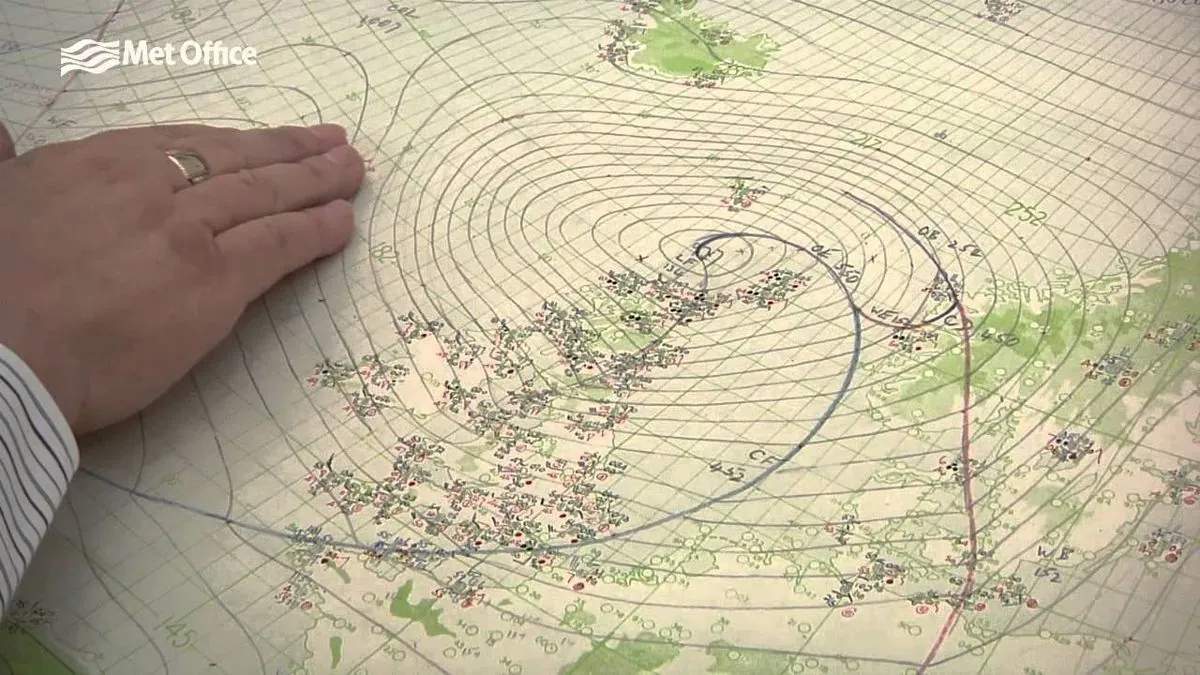Met Office Honors Historical Figures in New Storm Names List
The Met Office introduces three historical figures from its 170-year history to the new storm names list, including a crucial D-Day weather forecaster, as part of its anniversary celebration.

The Met Office, celebrating its 170th anniversary this year, has unveiled a new storm names list featuring three significant figures from its history. This marks a departure from previous naming conventions, honoring individuals who have made substantial contributions to meteorology.
Group Captain James Stagg, a Royal Air Force meteorologist during World War II, is among those recognized. Stagg's critical weather forecast for D-Day, the largest seaborne invasion in history, led to a crucial one-day delay in the Allied invasion of Europe on June 6, 1944. His accurate prediction of favorable conditions ultimately contributed to the operation's success.

The list also includes Lewis Fry Richardson, a mathematician credited with developing modern weather forecasting techniques. Richardson proposed numerical weather prediction in 1922, laying the groundwork for contemporary meteorological practices. His work revolutionized the field, leading to more accurate and reliable forecasts.
Mavis Hinds, a pioneer in computer modeling for weather forecasting during the 1950s, completes the trio of historical figures. Hinds' work coincided with the production of the first computer-generated weather forecast in 1950, marking a significant milestone in meteorological technology.
The Met Office, established in 1854, has been at the forefront of weather and climate science for 170 years. Its history parallels significant advancements in meteorology, including the discovery of the jet stream during World War II and the launch of the first weather satellite in 1960.
Storm naming, introduced in 2015, has proven effective in raising public awareness and promoting safety during severe weather events. Will Lang, the Met Office's head of situational awareness, emphasized the impact of this practice:
"This is the tenth year of us naming storms and we do it because it works. Naming storms helps to make communication of severe weather easier and provides clarity when people could be impacted by the weather."
The current storm season, ending on August 31, 2024, has been particularly active, with 12 named storms reaching the letter L. This high frequency is attributed to the position of the jet stream, which has directed numerous low-pressure systems towards the UK.
As the Met Office continues to evolve, it maintains its commitment to pioneering weather and climate science services. From the first daily weather forecasts published in The Times in 1861 to operating one of the world's most powerful supercomputers today, the organization remains at the cutting edge of meteorological research and forecasting.


































